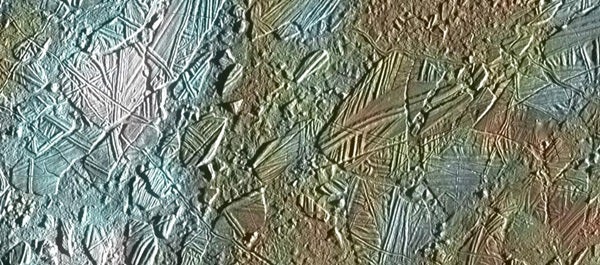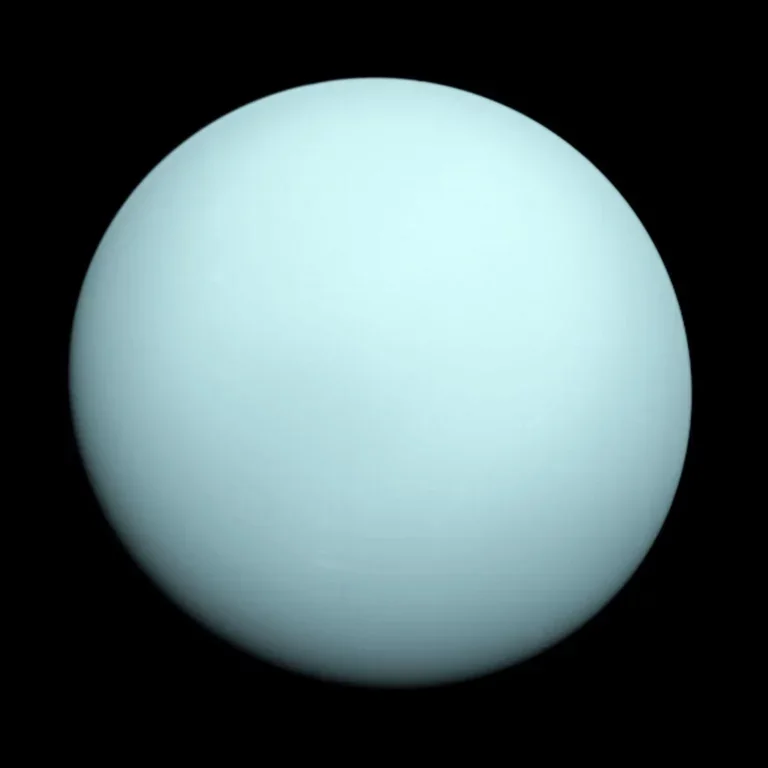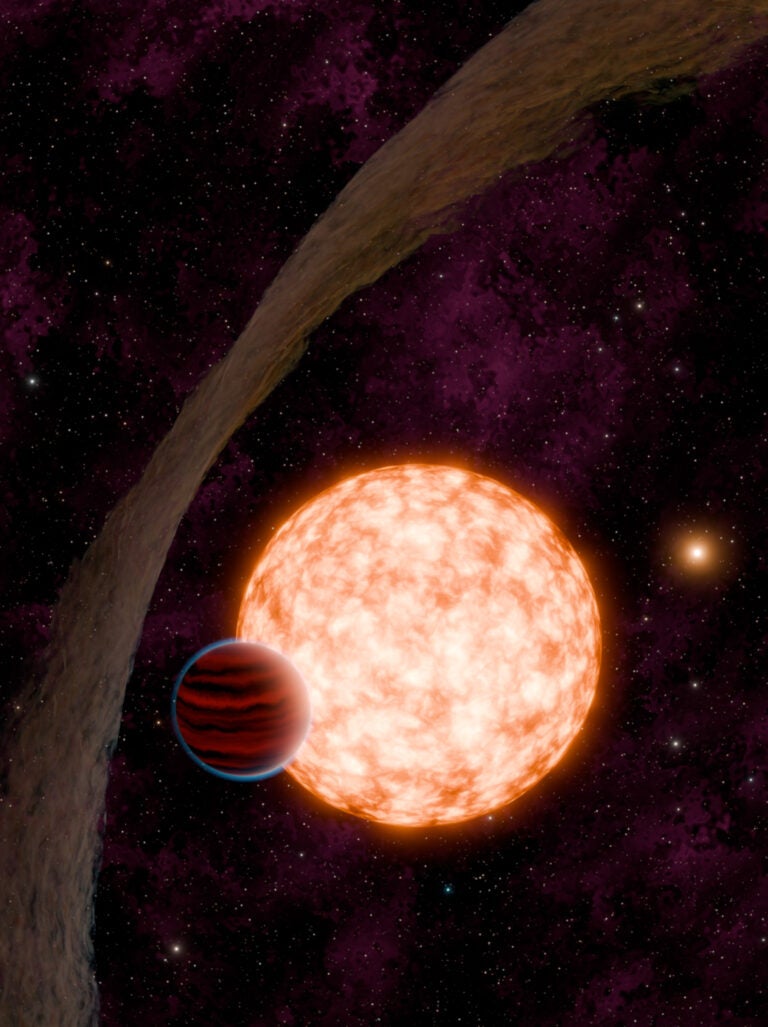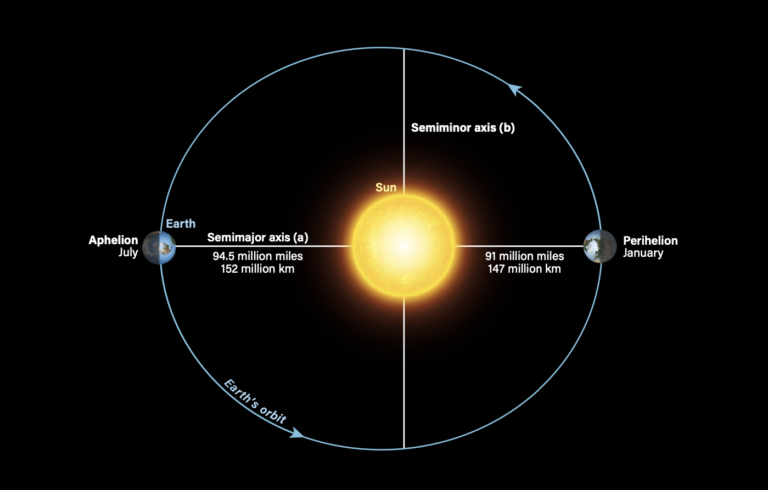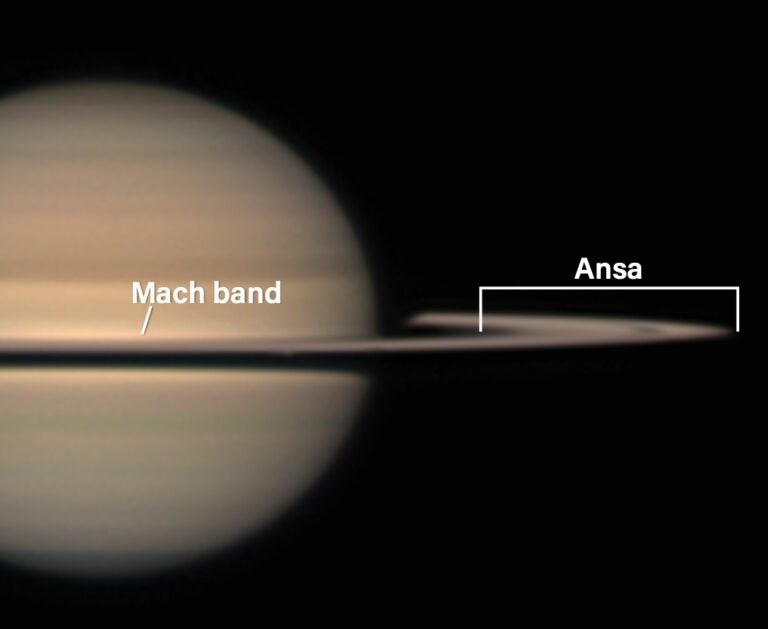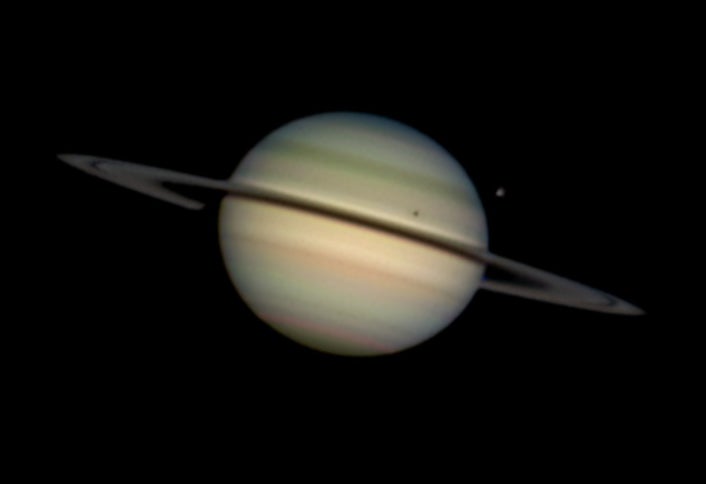NASA’s Galileo mission yielded strong evidence that Europa, about the size of Earth’s Moon, has an ocean beneath a frozen crust of unknown thickness. If proven to exist, this global ocean could have more than twice as much water as Earth. With abundant salt water, a rocky seafloor, and the energy and chemistry provided by tidal heating, Europa could be the best place in the solar system to look for present-day life beyond our home planet.
“Europa has tantalized us with its enigmatic icy surface and evidence of a vast ocean, following the amazing data from 11 flybys of the Galileo spacecraft over a decade ago and recent Hubble observations suggesting plumes of water shooting out from the moon,” said John Grunsfeld from NASA’s Science Mission Directorate in Washington, D.C. “We’re excited about the potential of this new mission and these instruments to unravel the mysteries of Europa in our quest to find evidence of life beyond Earth.”
NASA’s fiscal year 2016 budget request includes $30 million to formulate a mission to Europa. The mission would send a solar-powered spacecraft into a long looping orbit around the gas giant Jupiter to perform repeated close flybys of Europa over a three-year period. In total, the mission would perform 45 flybys at altitudes ranging from 16 miles (25 kilometers) to 1,700 miles (2,700km).
The payload of selected science instruments includes cameras and spectrometers to produce high-resolution images of Europa’s surface and determine its composition. An ice-penetrating radar will determine the thickness of the moon’s icy shell and search for subsurface lakes similar to those beneath Antarctica. The mission also will carry a magnetometer to measure strength and direction of the moon’s magnetic field, which will allow scientists to determine the depth and salinity of its ocean.
A thermal instrument will scour Europa’s frozen surface in search of recent eruptions of warmer water, while additional instruments will search for evidence of water and tiny particles in the moon’s thin atmosphere. NASA’s Hubble Space Telescope observed water vapor above the south polar region of Europa in 2012, providing the first strong evidence of water plumes. If the plumes’ existence is confirmed — and they’re linked to a subsurface ocean — it will help scientists investigate the chemical makeup of Europa’s potentially habitable environment while minimizing the need to drill through layers of ice.
Last year, NASA invited researchers to submit proposals for instruments to study Europa. Thirty-three were reviewed and, of those, nine were selected for a mission that will launch in the 2020s.
“This is a giant step in our search for oases that could support life in our own celestial backyard,” said Curt Niebur from NASA Headquarters in Washington, D.C. “We’re confident that this versatile set of science instruments will produce exciting discoveries on a much-anticipated mission.”

